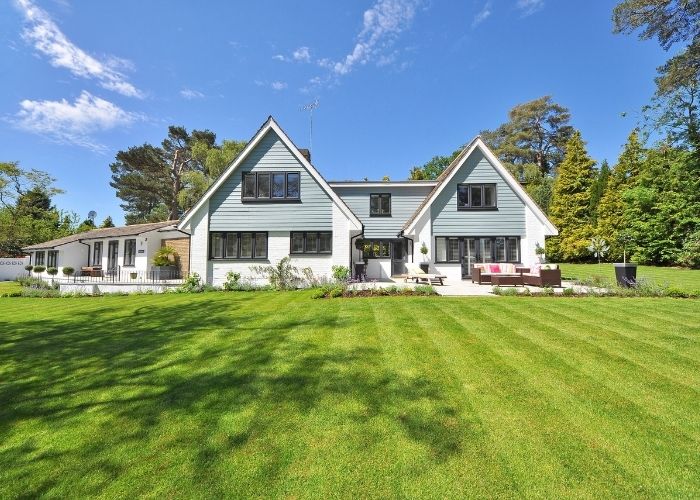There is no one singular solution to Utah’s Housing Crisis. Rather, the Kem C. Gardner Policy Institute has identified five “best practices” for meeting the housing affordability challenge in Utah. This article will summarize AARP’s guide of the same title, giving clear-cut descriptions of what ADUs are and how they can be utilized.
Accessory dwelling units, more commonly known as ADUs, are any small residences that share a single-family lot with a larger primary dwelling. Thanks to their small size and low cost to build, ADUs are part of the solution Utah needs to end its housing affordability crisis. They expand low-cost housing options for people of all ages, including relatives, renters, and young families.
ADUs can enable homeowners to provide needed housing for their parents, adult children, grandchildren or other loved ones. An individual’s housing needs change over time, and an accessory dwelling unit’s use can be adapted for different household types, employment situations and stages of life. ADUs enable families to expand beyond their primary home, oftentimes offering young people viable, entry-level housing choices.
An ADU can also provide older adults a way to downsize on their own property while a tenant or family member resides in the larger house. According to an AARP survey, 84% of people aged 50-plus who would consider creating an ADU said they’d do so in order to provide a home for a loved one in need of care, and 64% said that doing so would help them feel safer by having someone living nearby.
Finally, since homeowners can legally rent out an ADU house or apartment, the units can be an excellent supplemental income source. By generating rental income to help homeowners cover mortgage payments, the income provided by an ADU tenant can be a simple way to make ends meet. Since the land on which an ADU is built already belongs to the homeowner, the expense to build a secondary residence is for the new structure only. The lot is, in a sense, free.
Solving Utah’s housing crisis will require creativity from homeowners and builders alike, and accessory dwelling units are a perfect example of one creative solution. ADUs help to improve housing affordability and diversify a community’s housing stock without changing the physical character of a neighborhood. They are a beneficial — and needed — housing option for Utahns of all ages. Learn more about ADUs and whether your property could benefit from the addition of one here. Together, we can increase Utah’s housing inventory and close the affordability gap.
As businesses, you can play a role. We will be sharing videos from trusted community partners that we encourage you to share widely — along with articles and blog posts with vital information on the housing crisis each Utahn now faces. Together, we will work to close the gap and ensure that we — and our children and grandchildren — can continue to access safe and affordable housing in our great state.
*If you would like to share your story of how the housing crisis is affecting your business, please reach out to Ginger Chinn, Vice President of Public Policy at gchinn@slchamber.com.


